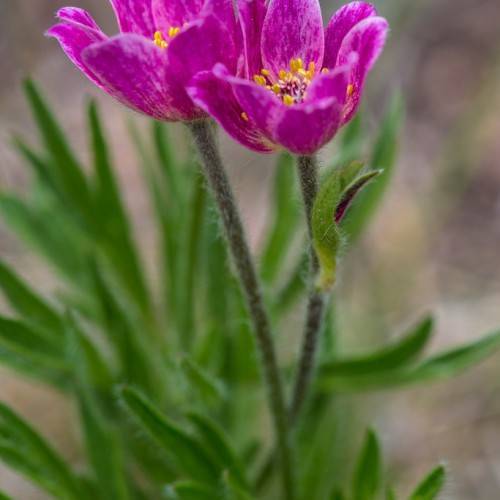
Cut-Leaved Anemone
Anemone multifida
Also Known As - Pacific Anemone,Red Windflower,Early Thimbleweed,Red Windflower,Early ThimbleweedCycle:
Perennial
Watering:
Average
Hardiness Zone:
Flowers:
Flowers
Sun:
Sun, Partial Shade, Shade
Soil:
Sandy,Loamy,Clay,Humus,Rocky
Fruits:
Fruits Ready In Fall
Leaf:
Yes
Growth Rate:
Low
Salt Tolerant:
Yes
Invasive:
Yes
Care Level:
Medium
watering
Cut-Leaved Anemone (Anemone multifida) should be watered regularly during the growing season, usually every 1 to 2 weeks. This will also depend on your local climate and the specific growing conditions of your plant, as hot or dry weather may require more frequent watering. During the winter, when the plant is dormant, it should be watered less often - once or twice a month is usually sufficient. Make sure to always check the soil first to assess how much water is needed; if the top inch or 2 of soil is still wet, then don't add any additional water.
sunlight
The Cut-Leaved Anemone requires full sun in order to flower and thrive. This means 6 to 8 hours of direct sunlight each day during the growing season. It is important to place the plant in a location that gets morning sun and afternoon shade. In the summer, it will benefit from a bit of light shade in the afternoon to keep the soil from drying out too quickly. In the winter months, the Cut-Leaved Anemone prefers to be in a sheltered area with diffused or indirect light. Too much direct sun during the winter months can cause the leaves to burn.
pruning
Cut-Leaved Anemone should be pruned twice a year. The first pruning should occur in early spring, just as the new growth starts to appear. At this time, prune back any dead or damaged stems and any branches that are crossing. It is also a good idea to thin out the plant to make sure it is not too crowded. The second pruning should take place in late summer, where any spindly or leggy stems can be cut back and deadheaded to encourage new flowering. Be careful not to cut back too much at once; the goal should be to gently shape the plant each season with only light pruning.
